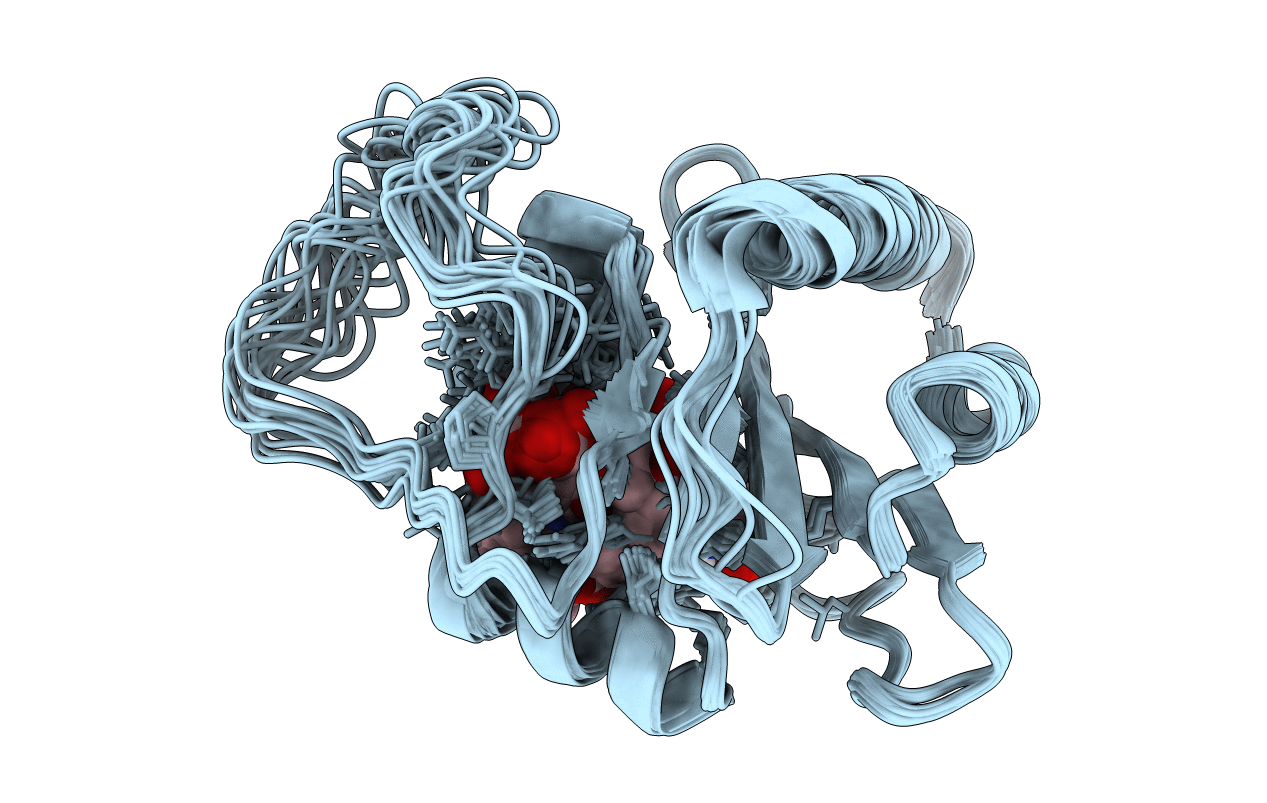
Deposition Date
2009-07-03
Release Date
2009-11-03
Last Version Date
2024-11-20
Entry Detail
PDB ID:
2KLI
Keywords:
Title:
Structural Basis for the Photoconversion of A Phytochrome to the Activated FAR-RED LIGHT-ABSORBING Form
Biological Source:
Source Organism:
Synechococcus sp. JA-2-3B'a(2-13) (Taxon ID: 321332)
Host Organism:
Method Details:
Experimental Method:
Conformers Calculated:
100
Conformers Submitted:
20
Selection Criteria:
structures with the lowest energy


